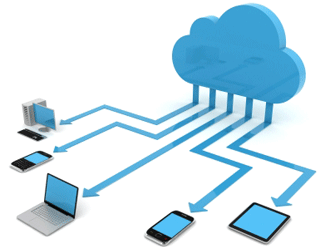The Internet network has become the world greatest and most important computing platform ever. Have any one realized a constant improvement in the quantity and quality of products like today?
Focusing deeply into most existing technologies and innovations derive us to ask how they originated. Actually, most inventions have started as a dream, and it grows until it becomes a reality.
In Tim O’Reilly’s article “What is Web 2.0—Design Patterns and Business Models.” The last pattern he mentioned was “Lightweight Models and Cost Effective Scalability” which will be the discussion topic in this post.
According to O’Reilly, he clarifies lightweight models and cost-effective scalability as
“Agile software-development techniques that are ideally suited to support rapid release cycles, so they have a readiness for change. Integrate lightweight development and deployment processes as complements to the perpetual beta…. Combine this with low-cost, commodity components to build a scalable, fault-tolerant operational base.” Continue reading







